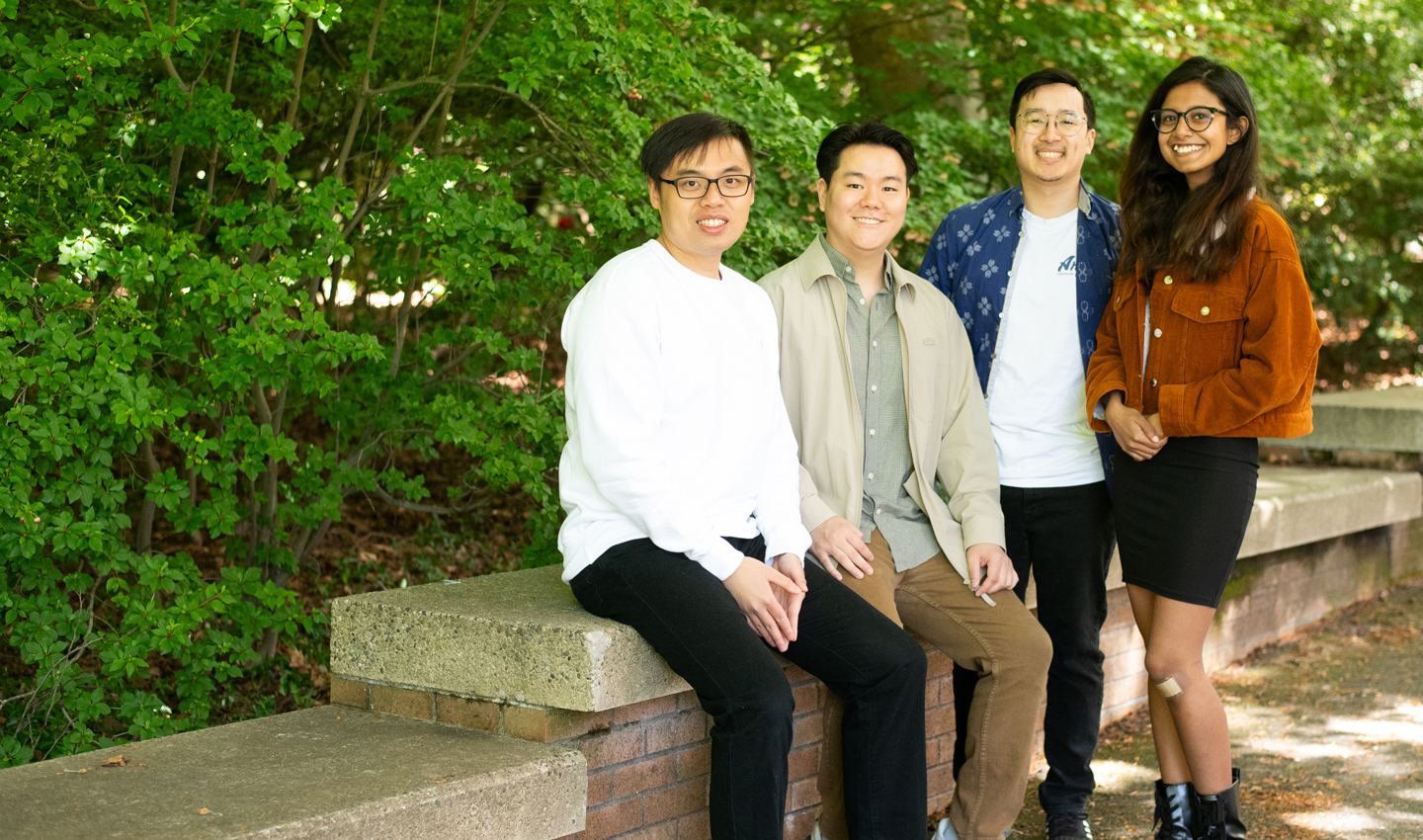Flipping through resumes can be a tedious task. Even as the hiring process has digitized, combing through hundreds if not thousands of resumes often is a manual chore that takes hours. Worse, this initial sorting can introduce bias into hiring.
A team of graduate students from the University of Washington Information School has developed a possible solution. The team created a program that uses artificial intelligence to extract key points from job descriptions and rank resumes based on those requirements.
The goal is to match the ideal candidate with the desired experience and skills while eliminating unintentional or even explicit bias. Recruiters still have a chance to add or reduce the weight of any skill in this initial sorting.
“We're all of diverse backgrounds in America,” said Jin Lee, one of the students. “We felt that we could put our skills to use and actually make a meaningful impact for people — even ourselves — by reducing bias in hiring.”
Other team members are Shinjini Guha, Douglas S. Lew Tan and Jay Kuo. They are all pursuing Master of Science in Information Management degrees. This is their Capstone project, the final, culminating project for many iSchool students.
They have been working on the project with Seattle startup Included, which aims to build software that embeds diversity, equity and inclusion metrics into its analytics platform.
Businesses have generally underinvested in human resources departments, said Chandan Golla, Included’s co-founder and chief product officer. Artificial intelligence along with companies such as Included can change that dynamic.
“This is a problem that every company has, whether you are a company of five people or 500,000 people,” Golla said. “Any job you post out there, you do get hundreds of applications. And most of the time the hiring team is small.”
The students started working on the project after connecting with Included at the iSchool’s Capstone Night in October. Part of the task was to narrow the project’s scope to something that would be manageable but meaningful.
Lee took on the role of project manager, Guha led product development, Kuo focused on data science, and Lew Tan worked on user experience research. For the project, the team spoke to two international recruiters, two recruiting agencies and two recruiters at other companies.
“For me, it was a fun process to practice the research methods that I’ve learned and use them in a real-world situation,” Lew Tan said.
The program combs through the job description to match traits with the job applicants, scores each resume and ranks them. The program also allows recruiters to weigh criteria differently.
“If a master’s degree matters more than years of experience, the recruiter can assign more weight for master’s degree rather than years of experience,” Kuo said. “So, the recruiters can actually play around with all the features to make sure the recruiter gets the best ranking.”
Or as Guha put it: “We’re allowing the recruiters themselves, based on their conversation with the hiring managers and teams, to set importance to different features. … They decide what they call highly qualified.”
One of the challenges that recruiters face is that job applicants can use ambiguous wording on their resumes. For instance, someone who worked for Amazon Web Services could note that on their resume by writing AWS, a common abbreviation for the company, which may stymie a resume-screening program looking for exact matches.
The team used open-source Mistral AI to be able to interpret unclear passages in resumes, although that’s still a work in progress. Still, Golla said he’s been impressed with the level of work of work from the iSchool students.
“We are building out the prototypes and the plan is to integrate that into mainstream experiences,” said Golla, who noted this is his company’s first time working with the iSchool and that Included sponsored three teams.
Guha said she found the experience a great learning opportunity, as she used unfamiliar tools. “Working with a startup is great because you get a lot of freedom to experiment and there’s no restriction on what we can and can’t do,” Guha said.
Lee said he was proud of what they accomplished, seeing where they started and witnessing the results.
“Part of doing the Capstone project is we should learn how to do our respective roles,” Lee said. “So, I learned a lot of project management skills, especially because I want to go into project management where I work with talented people like Shinjini, Jay and Douglas.”
Pictured at top: From left, Capstone team members Jay Kuo, Jin Lee, Douglas S. Lew Tan and Shinjini Guha.
